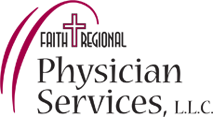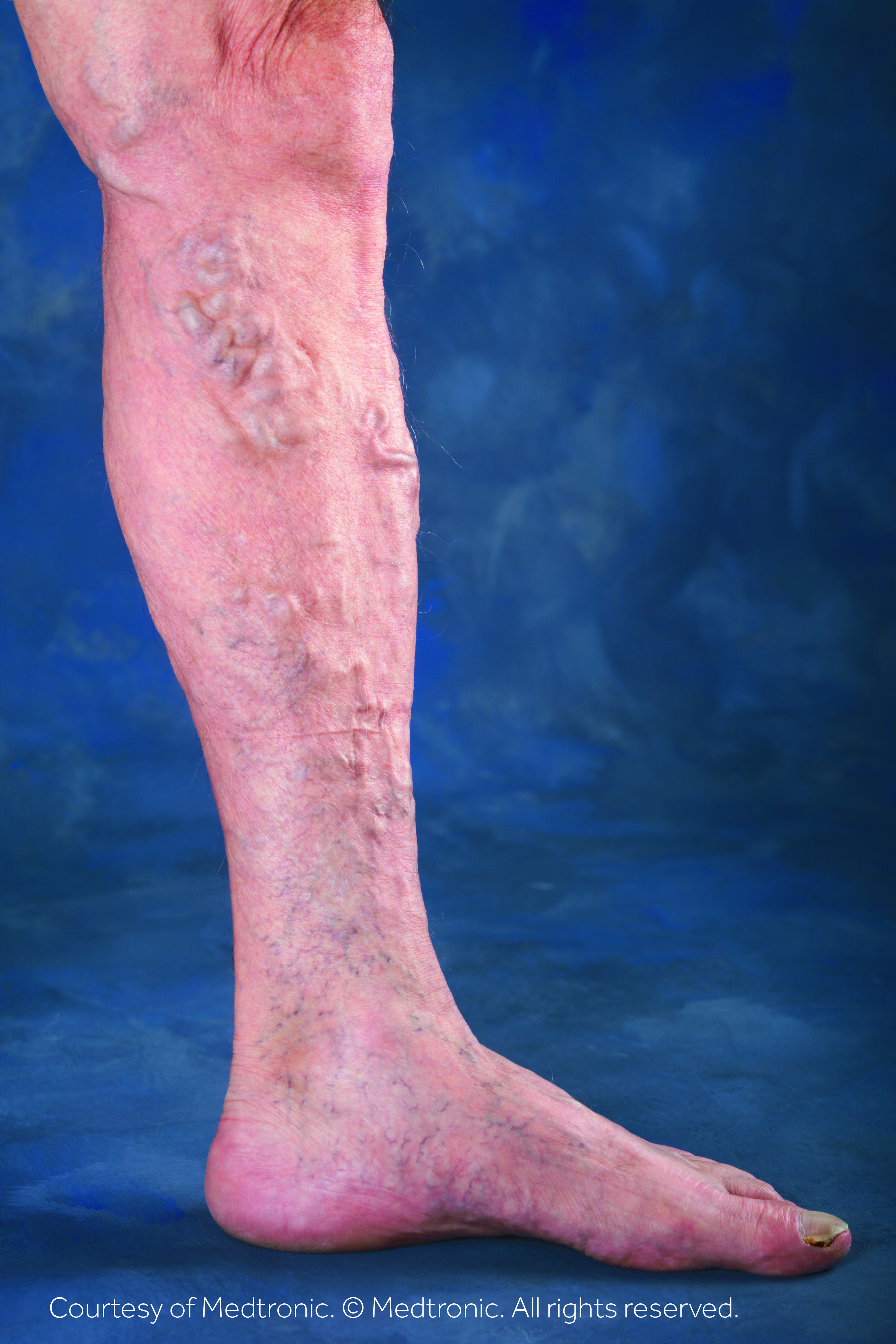Venous Reflux Disease
More than 30 million people suffer from venous reflux disease, or a more serious form of venous disease called chronic venous insufficiency. Given the common misunderstanding that varicose veins are only a cosmetic issue, only 1.9 million people seek treatment.
Venous Reflux Disease
Venous reflux disease develops when the vein valves stop working properly and allow blood to flow backwards (i.e. reflux) and pool in the lower leg veins. If venous reflux is left untreated, symptoms can worsen over time and can lead to chronic venous insufficiency.
Signs of Venous Reflux Disease:
- Varicose Veins
- Heaviness/Tiredness
- Aching
- Itching
- Swelling
- Open Skin Sores
- Cramping
- Restlessness

What Are Varicose Veins?
Varicose veins are enlarged, twisted veins and can affect both men and women. They are most commonly found in legs but can occur anywhere in the body. Varicose veins typically are not a serious medical condition but they can lead to more serious health problems.
What are Spider Veins?
Spider veins are a milder type of varicose veins. They often look like sunburst or spider webs. They can be red or blue in color and are commonly found just under the skin on the legs or face. Faith Regional CardioVascular Institute offers many options of Cosmetic Sclerotherapy to treat spider veins.
Risk Factors
The primary risk factors for varicose veins, include:
- Overweight or Obesity
- Older Age
- Female
- Inactivity
- Leg Injury
- Pregnancy
- Smoking
- Taking Oral Contraceptives or Hormonal Replacement
How are Varicose Veins Treated?
Your physician will review your medical history and discuss with you the optimal treatment option for you. Your treatment may include:
- Elevation of your legs
- Compression stockings
- Microphleblectomy
- Sclerotherapy
- VenaSeal™ Closure System

